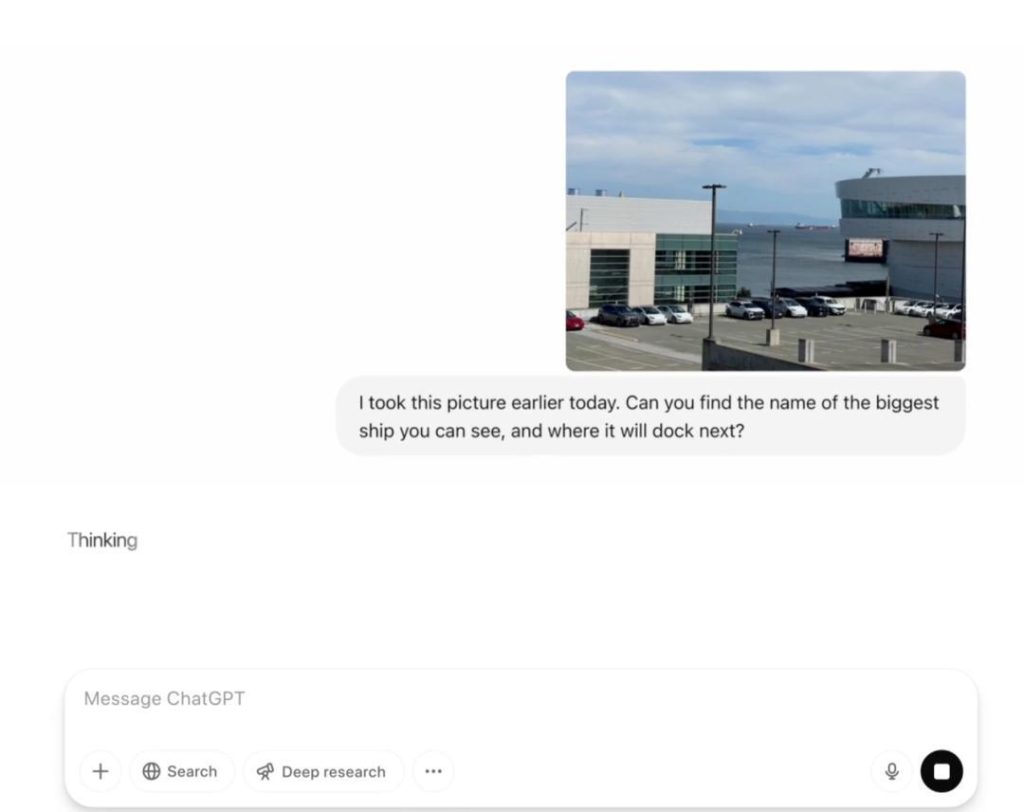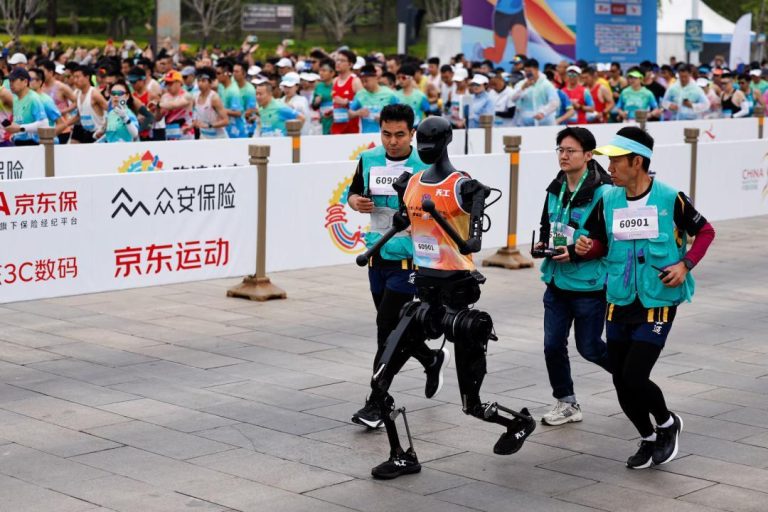
OpenAI Unveils New AI Models that “Think with Images”
Artificial intelligence (AI) has been making rapid strides in recent years, and the latest development from OpenAI is set to take the technology to the next level. The company behind the popular language model ChatGPT has unveiled two new AI models, OpenAI o3 and o4-mini, which it claims are the “smartest and most capable models to date”. What sets these models apart is their ability to integrate uploaded images directly into their chain of thought, allowing them to “think with images” in a way that was previously not possible.
This breakthrough is a significant step forward in the field of AI, as it enables machines to process and understand visual information in a more intuitive and human-like way. In this blog post, we’ll delve into the details of OpenAI’s new AI models, their capabilities, and the potential implications of this technology.
What do OpenAI o3 and o4-mini models do?
OpenAI o3 and o4-mini are the latest additions to the company’s suite of AI models, which are designed to process and generate human-like text. However, these new models take it a step further by incorporating visual information into their decision-making process. According to OpenAI, this is achieved through a process called “visual reasoning”, which enables the models to understand the context and meaning of images.
The company has shared several examples of what these models can do, which are truly impressive. For instance, OpenAI o3 and o4-mini can read handwriting, solve complex mathematical problems, and even navigate mazes. These tasks may seem simple, but they require a deep understanding of visual information and the ability to integrate it with other forms of data.
How do OpenAI o3 and o4-mini models work?
OpenAI’s new AI models use a combination of computer vision and natural language processing (NLP) techniques to process and understand visual information. The process begins with an image being uploaded to the model, which is then analyzed using computer vision algorithms to identify objects, shapes, and patterns.
The analyzed image is then integrated into the model’s chain of thought, allowing it to draw conclusions and make decisions based on the visual information. This process is known as “visual reasoning”, and it enables the models to understand the context and meaning of images in a way that was previously not possible.
What are the implications of OpenAI o3 and o4-mini models?
The implications of OpenAI o3 and o4-mini models are far-reaching and have the potential to transform various industries and aspects of our lives. Here are a few examples:
- Improved computer vision: The ability of OpenAI o3 and o4-mini models to integrate visual information into their decision-making process has significant implications for computer vision. This technology has the potential to revolutionize industries such as healthcare, finance, and manufacturing, where visual data is crucial for decision-making.
- Enhanced AI capabilities: The integration of visual information into AI models has the potential to enhance their capabilities in a wide range of areas, including language translation, sentiment analysis, and text summarization.
- New applications in healthcare: OpenAI o3 and o4-mini models have the potential to improve healthcare outcomes by enabling AI systems to analyze medical images, diagnose diseases, and develop personalized treatment plans.
- Advancements in robotics: The ability of OpenAI o3 and o4-mini models to navigate mazes and solve complex problems has significant implications for robotics. This technology has the potential to enable robots to perform tasks that were previously thought to be the exclusive domain of humans.
Conclusion
OpenAI’s latest AI models, o3 and o4-mini, are a significant step forward in the field of AI, and their ability to “think with images” has the potential to transform various industries and aspects of our lives. As this technology continues to evolve, we can expect to see new and innovative applications emerge, which will have a profound impact on our world.
Source:






